See Top 6 oldest crowns in the world and their significance
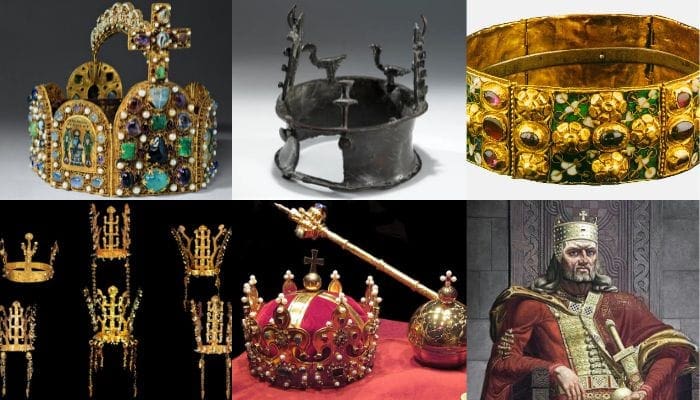
Crowns symbolize power, authority, and divine right, serving as artefacts that reflect the cultural, political, and religious significance of their times.
Beyond mere adornments, they encapsulate the aspirations, beliefs, and power dynamics of civilizations.
Ancient ritualistic symbols and medieval emblems of kingship and imperial authority, crowns provide a window into humanity’s diverse cultural history.
Each crown tells a unique story, showcasing the continuity and evolution of power and tradition across ages.
According to Oldest, here are the top 6 oldest crowns in the world, each with a unique story to tell.
Copper-Age Crown
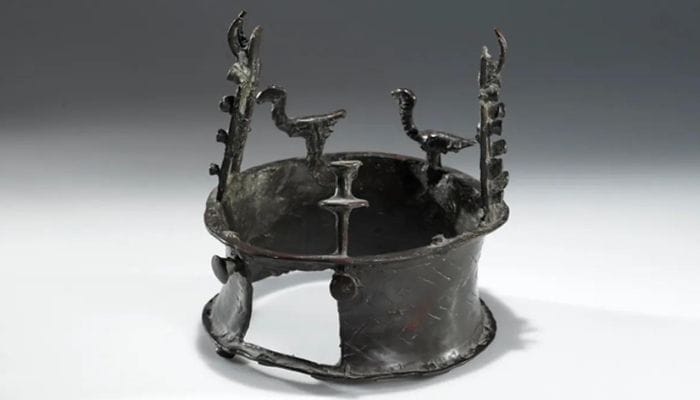
Dating back to approximately 3000 BCE, the Copper-Age Crown is one of the oldest known crowns in existence. Discovered in the Nahal Mishmar Hoard in Israel, a cave in the Judaean Desert, this crown is crafted from beaten copper and intricately decorated with motifs that signify its ceremonial and possibly religious importance. Its discovery offers a rare glimpse into the early use of crowns as symbols of status, and ritual and is now kept in New York University.
The Iron Crown of Lombardy
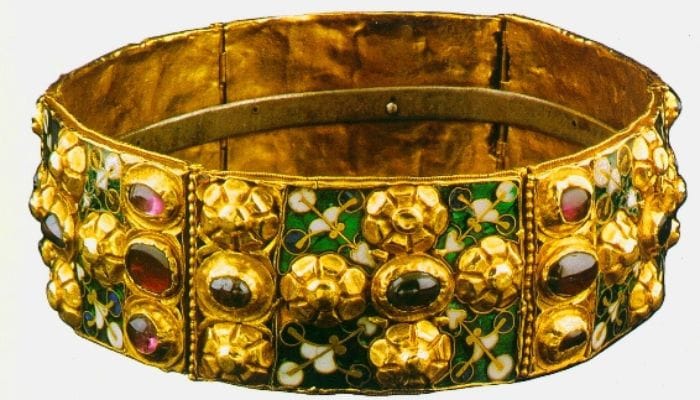
The Iron Crown of Lombardy holds immense historical and religious significance. Traditionally believed to contain a nail from the True Cross of Christ, this crown has been used in the coronation of kings of Italy, including Charlemagne. Its origins trace back to the Early Middle Ages, making it one of the oldest crowns associated with European royalty, and Christian tradition and now kept in the Cathedral of Monza.
Crowns of Silla
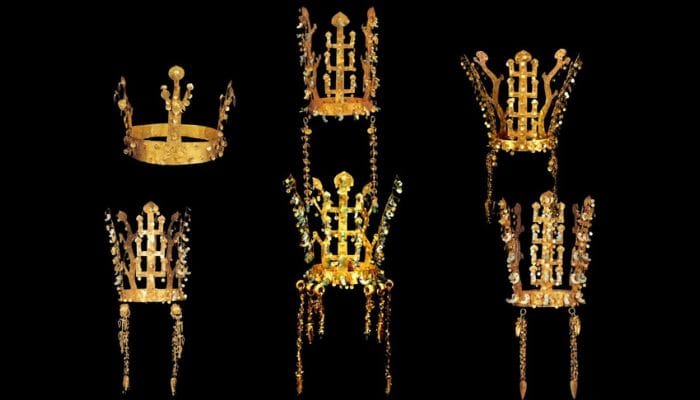
The Crowns of Silla, from ancient Korea, are a collection of elaborate gold crowns crafted during the Three Kingdoms period (5th-7th centuries CE). These crowns were excavated from royal tombs and are renowned for their exquisite craftsmanship and artistic detail. They symbolize the wealth, power, and cultural sophistication of the Silla Kingdom, highlighting the importance of ritual, and hierarchy in early Korean society and now kept in the Gyeongju National Museum
The Crown of Boleslaw I the Brave
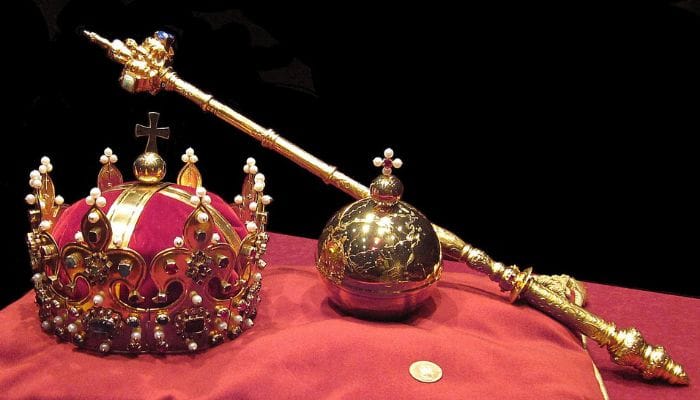
The Crown of Boleslaw I the Brave, also known as the Polish Crown, dates back to the 11th century. It is one of the few surviving medieval royal crowns of Poland and is crafted from pure gold, adorned with precious stones and enamel work. This crown symbolizes the consolidation of Polish statehood and the authority of its rulers during the early medieval period. After the loss of the Boleslaw Crown, the Polish monarchy went without a crown until King Ladislaus the Short’s coronation in 1320, when a new one was finally commissioned and now kept in the Wawel CastleZvonimir’s Crown
Zvonimir’s Crown

Zvonimir’s Crown, originating from medieval Croatia, is a symbol of Croatian kingship from the 11th-12th centuries. It is made of gold and features intricate filigree work, highlighting the artistic achievements of the time. This crown reflects the political and cultural developments in Croatia during the High Middle Ages, serving as a testament to its royal heritage. The existence of the Zvonimir Crown from the Middle Ages remains uncertain or is shrouded in mystery.
The Crown of Charlemagne
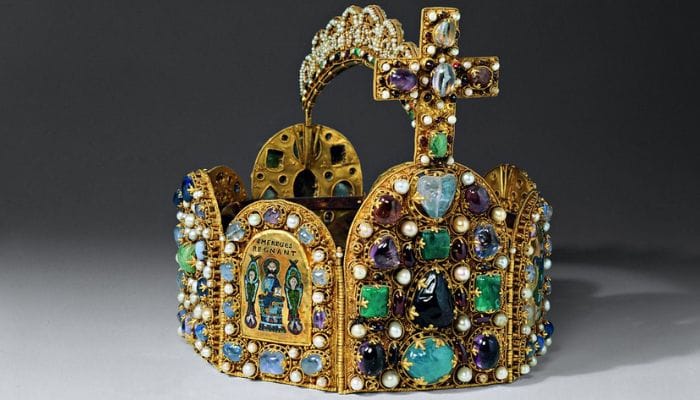
The Crown of Charlemagne, also known as the Imperial Crown of the Holy Roman Empire, is associated with Charlemagne, the first Holy Roman Emperor. Dating back to the 10th century, this crown is crafted from gold and precious stones, reflecting the fusion of Roman, Byzantine, and Germanic artistic influences. It symbolizes Charlemagne’s authority as the ruler of a vast empire and his role in shaping European political, and religious history and was destroyed in 1793.
